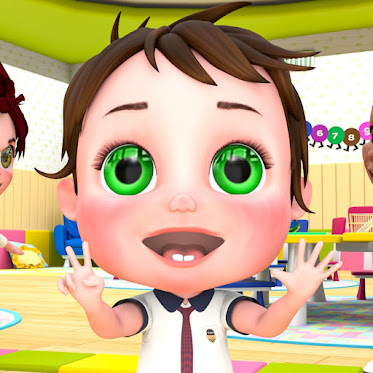Children's Songs
A broad range of poetry or rhymes for kids are referred to as nursery rhymes. The poems can contain gibberish words and can contain brief narrative (often bizarre fables whose significance has been lost to time).
While many of the rhymes are actually songs with accompanying melodies rather than simple recitations like other poetry, we will focus on these "nursery songs" in this article. The folklore of nursery songs shares similarities with folk songs in that they can be hundreds of years old and are frequently passed down orally from generation to generation. The songs typically have a very repetitive structure, are very simple, and frequently use simple upbeat melodies.their tunes have up-and-down rhythms.
With loads of intonation (and likely eye contact and facial emotions to aid explain the song), the melodies frequently match the spoken phrase closely, as though it were the next step up from the exaggerated "motherese" which people use to speak to very young children.
This merely means that they are simple for young children to understand, and teaching youngsters nursery rhymes will undoubtedly benefit their early education.
There are numerous categories into which nursery rhymes might be split. Lullabies are songs that parents sing to their infants in a soft voice to lull them to sleep while they are the tiniest children (e.g. Bye, Baby Bunting).
There are various bedtime songs for older kids that support the idea that it's crucial to get to sleep (e.g. Wee Willie Winkie).
The nursery songs that go along with tickling activities, such as "This Little Piggy Went to Market," are popular with many young children. Numerous additional nursery rhymes are used to accompany simple actions and movements (e.g. See Saw Margery Daw).
Jack and Jill is an example of a rhyme that tells a story with a small cautionary lesson, while One Two is an example of a tune that helps teach counting.
Three, Four, and Five. Older kids are taught songs that go with more difficult dances, such "The Grand Old Duke of York," or they are taught to sing many portions of a round individually (e.g. Three Blind Mice).
Many children's songs have a stronger connection to the schoolyard than to the home, and they are typically handed from child to child as opposed to from adult to child. And there are songs for travelling and classic campfire tunes even outside of the schoolyard.
Therefore, just like fairy tales and bedtime stories, nursery rhymes can amuse and entertain kids, but they also help crucial learning processes by fostering interaction, telling engaging stories, and imparting a variety of vocabulary and concepts.
The importance of these straightforward nursery rhymes shouldn't be understated because numerous studies have demonstrated how music and singing can aid in the development of other brain functions.
Since young children cannot read, nursery rhymes are mostly communicated verbally; nonetheless, numerous collections of nursery rhymes have been produced in books and songbooks, frequently with drawings that help to tell the story.
Although many rhymes and related melodies have foreign origins, the majority of the rhymes featured in this article are British in origin (e.g. Germany, France or the USA).
The most well-known rhymes have frequently been translated or repackaged with new words to span international borders and gain widespread recognition.
Nursery rhymes are a particular type of folk music that have evolved into a cultural tradition, a common language that millions of kids and adults all over the world can understand.
You can access our social networking sites as well.





Comments
Post a Comment